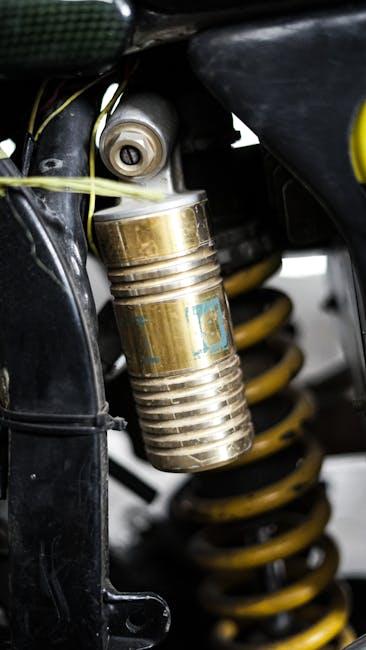Imagine cruising down a winding road, the landscape blurring gently as your vehicle glides smoothly over every bump and dip. Much of that seamless ride owes its magic to a sophisticated, often unseen hero beneath the chassis: the car suspension system. This intricate assembly of springs, shock absorbers, and linkages doesn’t just cushion your journey—it’s the vital technology that balances comfort, control, and safety. In this article, we’ll journey beneath the surface to explore how car suspension systems work, unveiling the mechanics that transform jarring jolts into a smooth, steady drive.
Table of Contents
- Understanding the Core Components of Car Suspension Systems
- The Role of Shock Absorbers and Struts in Ride Comfort
- How Springs Influence Vehicle Handling and Stability
- Exploring Different Suspension Types and Their Applications
- Maintaining Your Suspension System for Optimal Performance
- Upgrading Your Suspension: What to Consider for Better Driving Dynamics
- Q&A
- Future Outlook
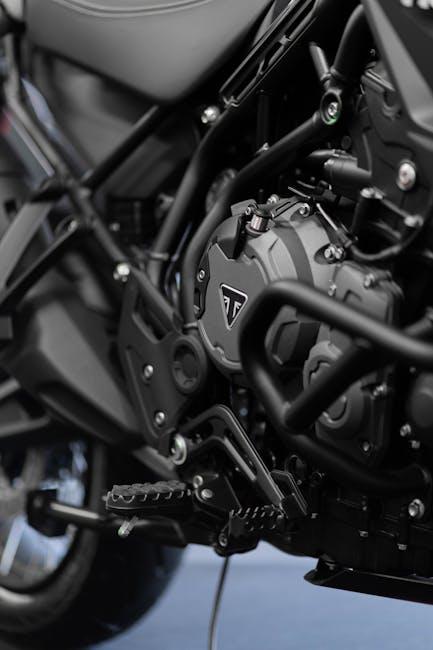
Understanding the Core Components of Car Suspension Systems
At the heart of every vehicle’s smooth ride lies a complex interplay of parts designed to absorb shocks and maintain stability. Central to this system are the springs, which bear the vehicle’s weight and flex to cushion impacts from road imperfections. Complementing the springs are the shock absorbers (or dampers), which control the rebound and compression of the springs, preventing excessive bouncing and ensuring the tires remain in contact with the road surface for optimal traction.
Beyond these core parts, other crucial components include control arms, which guide wheel movement; bushings, acting as flexible joints that reduce vibrations; and anti-roll bars, which enhance cornering stability by distributing weight evenly. Together, these elements form a coordinated system that balances comfort, control, and safety, adapting seamlessly to varying terrains and driving conditions.
| Component | Primary Function | Typical Material |
|---|---|---|
| Springs | Absorb shocks | Steel or Composite |
| Shock Absorbers | Dampen spring motion | Hydraulic fluid & Metal |
| Control Arms | Guide wheel movement | Forged Steel or Aluminum |
| Bushings | Reduce vibration | Rubber or Polyurethane |
| Anti-roll Bars | Improve corner stability | Hardened Steel |

The Role of Shock Absorbers and Struts in Ride Comfort
Shock absorbers and struts form the backbone of your vehicle’s ability to handle rough terrain gracefully. While shock absorbers primarily control unwanted spring motion and dissipate energy from road impacts, struts not only absorb shocks but also serve as a structural part of the suspension system, supporting the weight of the vehicle and facilitating steering alignment. Together, they reduce the bouncing effect and provide a smoother, more stable ride by evenly distributing the force of bumps and dips across the tires.
Understanding how these components contribute to ride comfort can be simplified by breaking down their key functions:
- Damping Vibrations: Minimizing oscillations after hitting a bump for better road contact.
- Controlling Body Motion: Preventing excessive body roll, pitch, and dive for enhanced control.
- Supporting Vehicle Weight: In the case of struts, balancing vehicle weight and maintaining axle alignment.
| Component | Main Function | Effect on Ride |
|---|---|---|
| Shock Absorber | Absorbs and dissipates energy | Reduces bounce and vibration |
| Strut | Supports vehicle weight & absorbs shocks | Improves stability and steering |
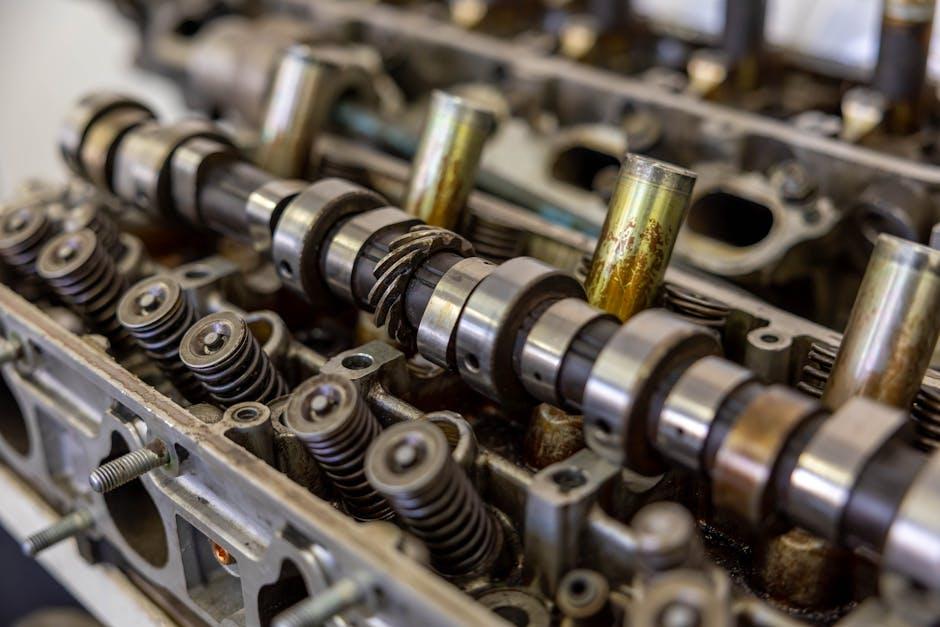
How Springs Influence Vehicle Handling and Stability
Springs form the backbone of a vehicle’s suspension, directly shaping how it reacts to road irregularities and driver inputs. By absorbing shocks and maintaining tire contact with the road, they ensure a smoother ride and better control. Different types of springs—coil, leaf, and torsion—each bring unique characteristics to handling. For example, coil springs offer a balanced blend of flexibility and strength, while leaf springs are known for durability under heavy loads. The way springs compress and rebound influences how a vehicle leans, turns, and recovers from bumps, which is critical for stability, especially during sharp maneuvers or sudden braking.
Not only do springs affect comfort, but they also play a crucial role in distributing weight dynamically across the wheels. This distribution impacts traction, cornering, and response times, making every journey safer and more predictable. Consider how softer springs tend to provide a cushier ride but may sacrifice precise handling, whereas stiffer springs enhance responsiveness at the cost of comfort. The table below summarizes these effects in a simple way:
| Spring Type | Handling Characteristic | Ride Comfort |
|---|---|---|
| Soft Springs | Improved shock absorption, slower response | High |
| Medium Springs | Balanced control and smoothness | Moderate |
| Stiff Springs | Sharp, precise handling | Low |
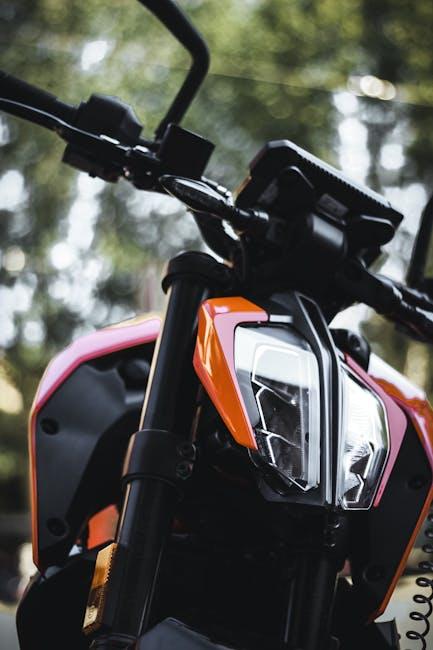
Exploring Different Suspension Types and Their Applications
When diving into the realm of vehicle dynamics, it’s impossible to overlook the ingenious engineering behind different suspension systems. Each type is tailored to deliver a unique balance of comfort, control, and responsiveness, depending on the vehicle’s purpose. Among the most common are:
- MacPherson Strut: Favored for its compact design, it is commonly found in front suspensions of many passenger cars. It delivers reliable handling while maximizing interior space.
- Double Wishbone: Known for improved wheel alignment control, this setup excels in sports and luxury cars that prioritize sharp cornering and ride quality.
- Multi-Link: A sophisticated assembly popular in performance and premium vehicles, providing excellent road feedback with enhanced comfort by isolating shocks across multiple arms.
These suspension types aren’t just different in design; their applications reveal how versatility in engineering shapes driving experiences across varying terrains and speeds. Off-road vehicles, for example, often use more robust systems like solid axles with coil springs or leaf springs to manage rough landscapes, while sedans and coupes rely on tuned independent suspensions for smooth urban cruising.
| Suspension Type | Key Benefit | Typical Use |
|---|---|---|
| MacPherson Strut | Space-efficient & simple | Compact cars & sedans |
| Double Wishbone | Precise handling | Sports & luxury cars |
| Multi-Link | Comfort & control | Premium vehicles |
| Solid Axle | Durability & load capacity | Trucks & off-road |
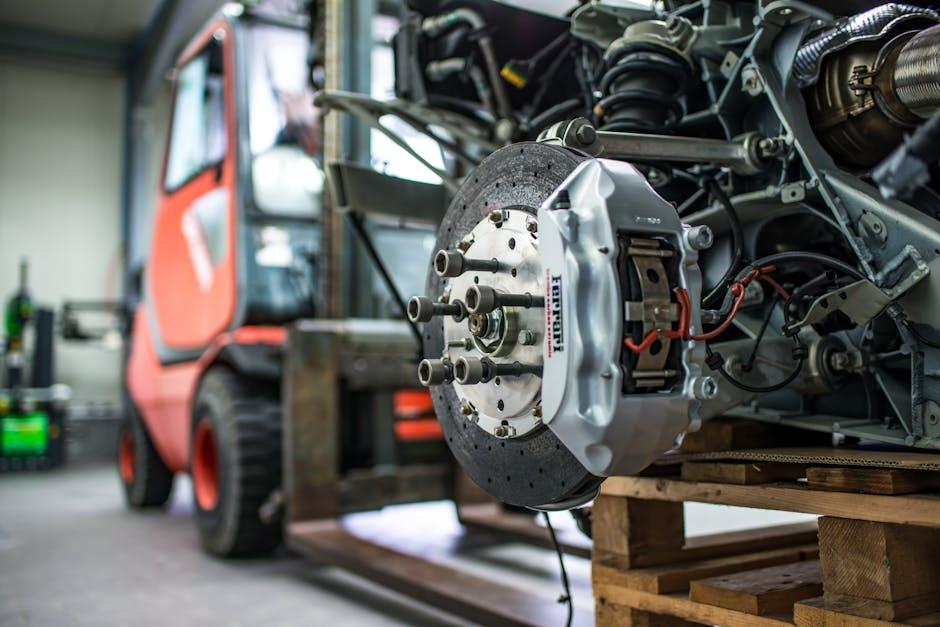
Maintaining Your Suspension System for Optimal Performance
Regular upkeep is essential to keep your suspension system functioning smoothly and extend its lifespan. One of the simplest yet most effective maintenance tips is to routinely inspect key components such as shock absorbers, struts, and coil springs for signs of wear, leaks, or damage. Ensuring these parts are in good condition helps your vehicle absorb impacts efficiently, providing a stable and comfortable ride. Additionally, maintaining correct tire pressure and alignment reduces unnecessary stress on the suspension, preventing uneven tire wear and improving handling.
Here is a quick checklist to help you stay on top of suspension maintenance:
- Visual inspection: Look for oil leaks or cracked rubber bushings.
- Bounce test: Press down on each corner of the car to gauge shock absorber effectiveness.
- Wheel alignment check: Align wheels if steering pulls or uneven tire wear is noticed.
- Professional servicing: Have a mechanic review suspension components during routine vehicle services.
| Component | Common Issue | Check Frequency |
|---|---|---|
| Shock Absorbers | Leaks, Worn Seals | Every 12,000 miles |
| Struts | Rust, Bent Rod | Every 15,000 miles |
| Coil Springs | Cracks or Sagging | Every 20,000 miles |
| Ball Joints | Loose or Noisy | Every 25,000 miles |

Upgrading Your Suspension: What to Consider for Better Driving Dynamics
When enhancing your vehicle’s suspension, it’s essential to evaluate both the type of suspension system already installed and your specific driving needs. Are you aiming for improved comfort during daily commuting, or are you seeking sharper handling for spirited drives? For example, upgrading to adjustable coilovers can offer a versatile balance, allowing drivers to fine-tune ride height and stiffness to match different terrains and driving styles. Meanwhile, performance sway bars can reduce body roll without drastically affecting ride quality, making cornering more stable and predictable.
Consider the materials and design as well—modern aftermarket components often utilize lightweight alloys and progressive-rate springs to optimize both durability and performance. Below is a quick comparison of popular suspension upgrades to help guide your decision:
| Upgrade Type | Key Benefit | Best For |
|---|---|---|
| Adjustable Coilovers | Customizable ride height and damping | Enthusiasts & Track Use |
| Performance Sway Bars | Reduced body roll and improved cornering | Daily Driving & Spirited Road Use |
| Air Suspension | Variable ride comfort and load leveling | Luxury & Utility Vehicles |
Q&A
Q&A: How Car Suspension Systems Work
Q1: What is the primary purpose of a car’s suspension system?
A: The suspension system is like the unsung hero of your car’s ride, designed to absorb shocks from bumps, potholes, and uneven terrain. It maintains tire contact with the road, ensuring a smooth, controlled, and safe driving experience.
Q2: What are the main components of a suspension system?
A: Think of the suspension as a symphony of parts working in harmony: springs (coil, leaf, or torsion bars) absorb energy from road impacts; shock absorbers or struts dampen that energy to prevent bouncing; control arms connect the wheels to the vehicle’s frame; and bushings provide flexible joints to smooth out movement.
Q3: How do springs and shock absorbers work together?
A: Springs act like the car’s muscles, compressing to soak up road bumps and expanding back. However, without shock absorbers, the springs would keep bouncing, much like a pogo stick. Shock absorbers tame the springs’ motion, turning kinetic energy into heat and preventing excessive oscillation.
Q4: What types of suspension systems are commonly used in cars?
A: There are several, including the simple but effective MacPherson strut, often found in front suspensions; double wishbone setups that offer precise control; and multi-link systems that use multiple arms for improved handling and comfort. Each design balances cost, performance, and space constraints.
Q5: How does the suspension system affect vehicle handling?
A: Beyond comfort, suspension geometry influences how a car responds to steering inputs, cornering forces, and braking. Proper suspension tuning keeps tires planted and balanced, reducing body roll, improving grip, and enhancing overall stability.
Q6: What role does suspension play in off-road vehicles?
A: Off-road suspensions are often beefier and designed for greater wheel travel, allowing tires to maintain contact over rough terrain. Features like solid axles or long-travel independent setups enable vehicles to climb rocks, cross ruts, and absorb harsh impacts without losing control.
Q7: Can a worn suspension affect safety?
A: Absolutely. A fatigued or damaged suspension can lead to poor handling, uneven tire wear, longer stopping distances, and a rougher ride. It compromises how well your car responds to road hazards, making timely inspection and maintenance crucial.
Q8: How is modern technology changing suspension systems?
A: Electronic and adaptive suspension systems use sensors and computer controls to adjust damping rates on the fly. This allows cars to switch between sporty stiffness and cushy comfort, tailoring the ride to road conditions and driver preferences seamlessly.
Q9: Is it possible for drivers to customize their suspension?
A: Yes, enthusiasts often upgrade springs, shocks, struts, or even install air suspension for adjustable ride height and firmness. However, these modifications should be done carefully to maintain safety and tuning balance.
Q10: What’s the takeaway about car suspensions?
A: Suspensions are the crucial bridge between your car and the road, silently managing forces to keep you comfortable and in control. Understanding how they work deepens appreciation for the engineering that turns every drive into a smoother journey.
Future Outlook
In the symphony of motion that is driving, the suspension system plays the unsung melody—quietly weaving comfort, control, and safety into every turn, bump, and stretch of road. Understanding how these intricate components collaborate not only deepens our appreciation for the engineering beneath our wheels but also reminds us that every smooth ride is the result of a finely tuned balance between science and art. So next time you feel the gentle embrace of your car’s suspension, take a moment to acknowledge the invisible guardians working tirelessly to keep you steady on your journey.

